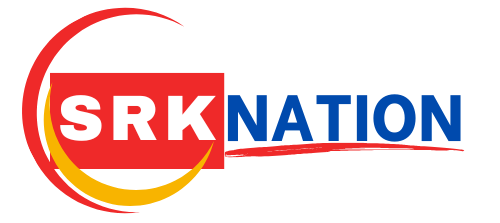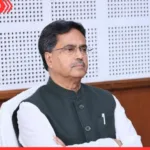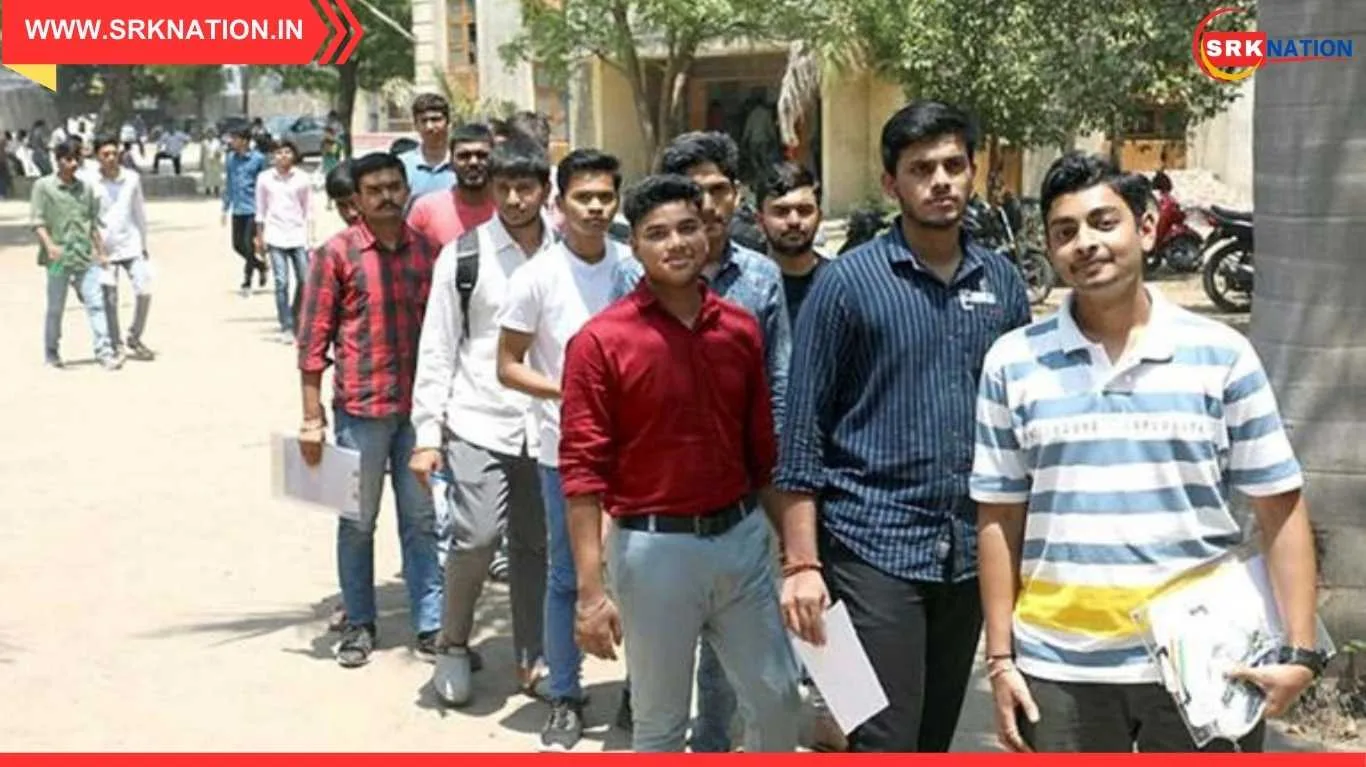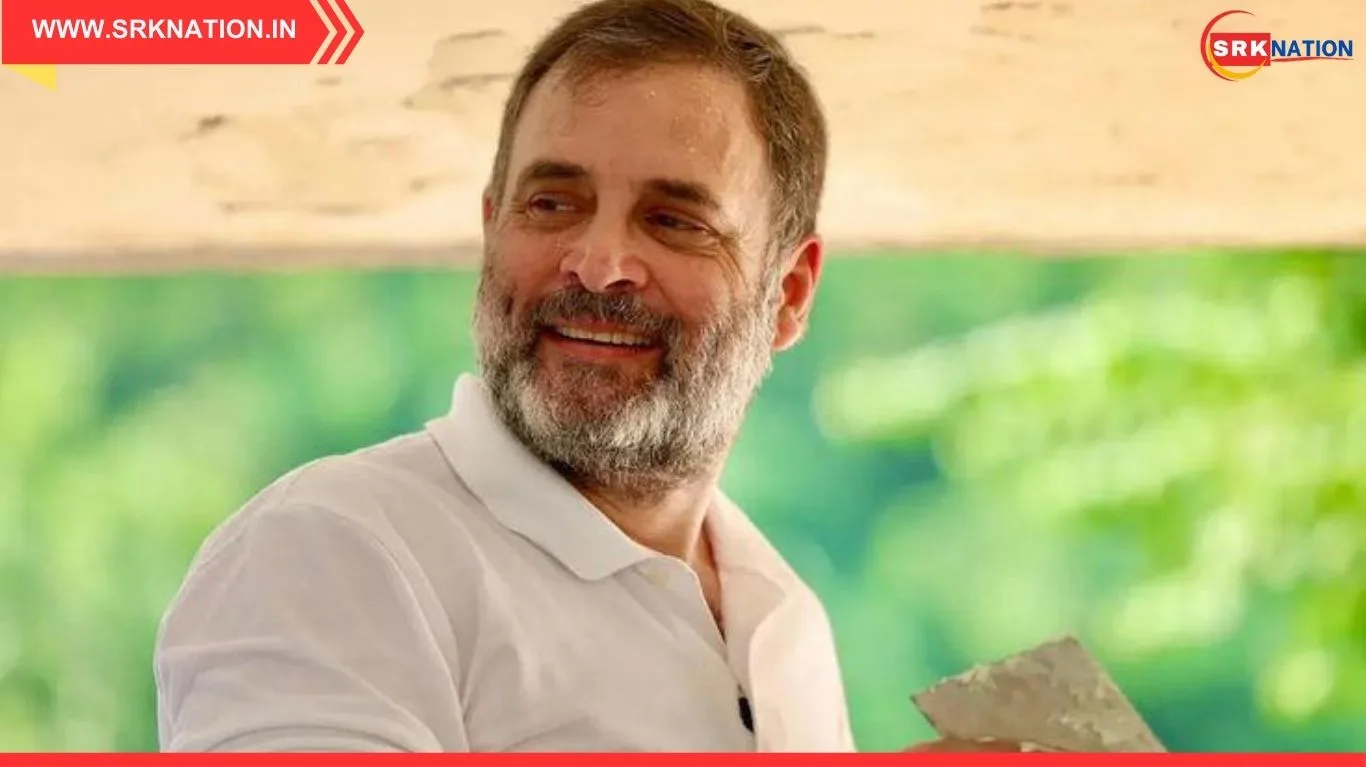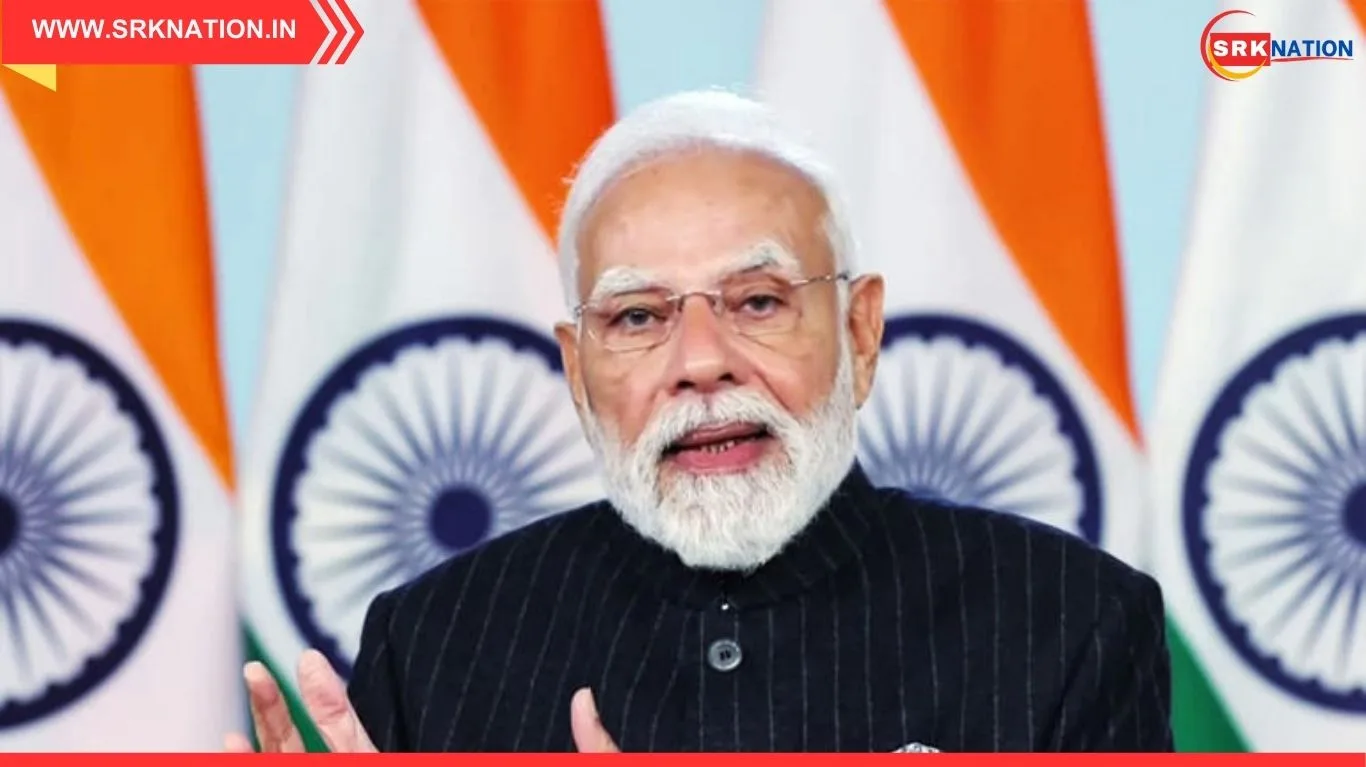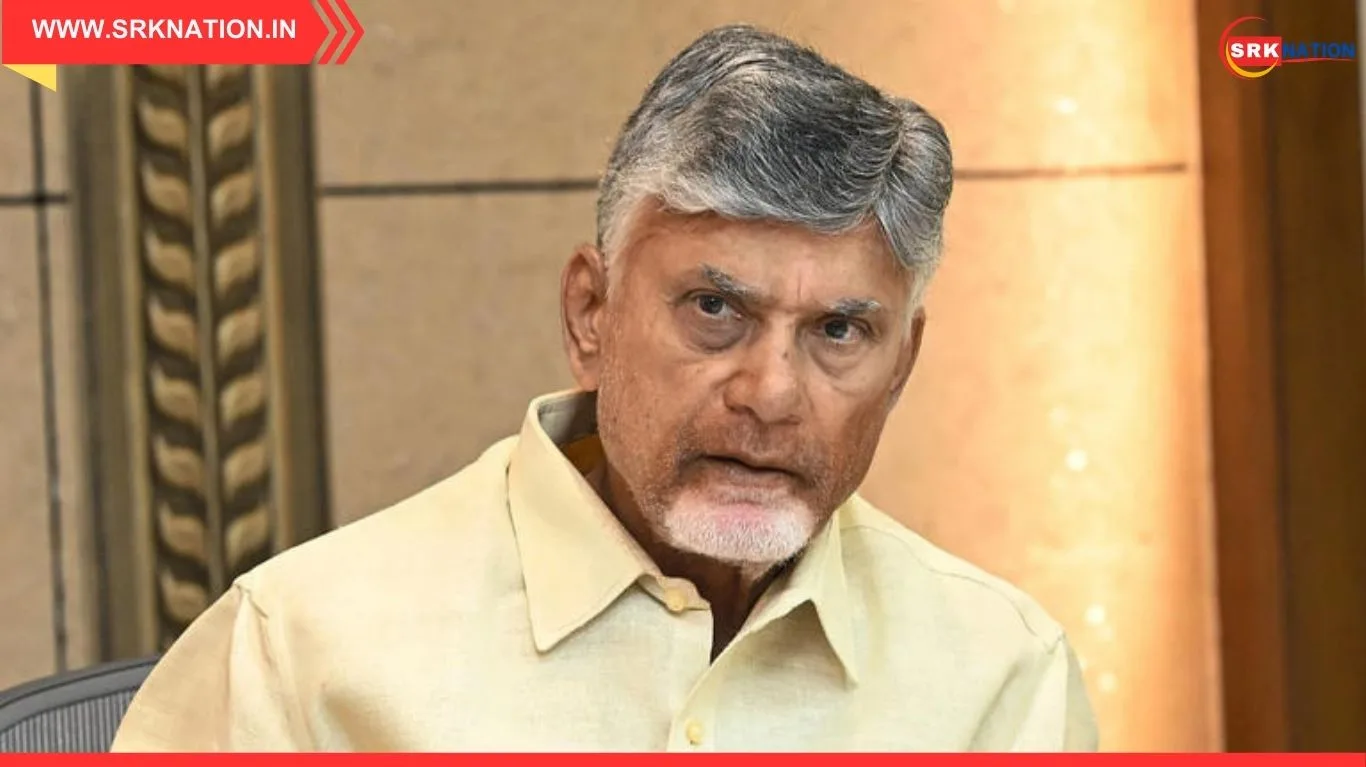In a major infrastructure push under the PM Gati Shakti National Master Plan, the Union Cabinet on October 7, 2025 approved four multi-tracking railway projects worth ₹24,634 crore. These projects will expand the Indian Railways network by approximately 894 kilometers across 18 districts in Maharashtra, Madhya Pradesh, Gujarat, and Chhattisgarh, enhancing connectivity, easing congestion, and improving logistics efficiency.
The approved projects include the construction of third and fourth railway lines along key freight and passenger corridors. These routes are part of seven strategic corridors that currently carry 41% of India’s railway traffic. The expansion is expected to significantly increase line capacity, reduce transit time, and support economic growth in the region.
Approved Railway Projects – Scope and Investment
| Project Section | States Covered | Length (km) | Investment (₹ crore) |
|---|---|---|---|
| Wardha–Bhusawal (3rd & 4th line) | Maharashtra | 314 | ₹9,197 |
| Gondia–Dongargarh (4th line) | Maharashtra & Chhattisgarh | 84 | ₹2,223 |
| Vadodara–Ratlam (3rd & 4th line) | Gujarat & Madhya Pradesh | 259 | ₹8,885 |
| Itarsi–Bhopal–Bina (4th line) | Madhya Pradesh | 237 | ₹4,329 |
| Total | 4 states, 18 districts | 894 | ₹24,634 |
Railway Minister Ashwini Vaishnaw stated that the projects will upgrade critical corridors to a minimum of four lanes, with potential expansion to six lanes where required. These corridors form part of the golden quadrilateral and diagonal routes connecting Delhi, Mumbai, Kolkata, Chennai, and Guwahati.
The increased capacity is projected to carry an additional 78 million tonnes of freight annually, supporting the movement of coal, cement, steel, food grains, and containers. Passenger convenience will also improve, with better service reliability and reduced delays.
Strategic Corridors – Traffic and Expansion Goals
| Corridor Route | Current Traffic Share (%) | Planned Upgrade | Key Benefits |
|---|---|---|---|
| Delhi–Kolkata | High | 4–6 lanes | Freight and passenger boost |
| Kolkata–Chennai | High | 4–6 lanes | Coastal connectivity |
| Chennai–Mumbai | High | 4–6 lanes | Industrial corridor support |
| Mumbai–Delhi | High | 4–6 lanes | Trade and tourism |
| Delhi–Chennai | Diagonal | 4 lanes | Cross-regional access |
| Mumbai–Kolkata | Diagonal | 4 lanes | Eastern industrial belt |
| Delhi–Guwahati | Diagonal | 4 lanes | Northeast integration |
The projects will benefit approximately 3,633 villages with a combined population of over 85 lakh, including two aspirational districts—Vidisha in Madhya Pradesh and Rajnandgaon in Chhattisgarh. These areas are expected to see improved access to education, healthcare, and employment opportunities.
Prime Minister Narendra Modi said the projects will “benefit thousands of villages, strengthen rail connectivity, ease congestion and enhance logistics efficiency under PM Gati Shakti.” He emphasized the role of integrated planning in achieving faster, cheaper, and more sustainable transportation.
Socio-Economic Impact – Beneficiary Profile
| Metric | Value/Status | Commentary |
|---|---|---|
| Villages Benefited | 3,633 | Improved access and mobility |
| Population Covered | 85.84 lakh | Spread across 18 districts |
| Aspirational Districts | Vidisha, Rajnandgaon | Targeted development |
| Completion Timeline | By 2030–31 | Phased execution |
| Employment Generation | Thousands of jobs expected | Construction and operations |
The routes also connect several heritage and tourist destinations, including Sanchi, Bhimbetka rock shelters, Satpura Tiger Reserve, Hazara Falls, and Nawegaon National Park. Enhanced rail access is expected to boost tourism and local economies.
The Cabinet Committee on Economic Affairs (CCEA) noted that the multi-tracking projects will reduce emissions and logistics costs, supporting India’s climate goals. The projects are aligned with the PM Gati Shakti Plan’s focus on multi-modal connectivity and stakeholder coordination.
Environmental and Operational Benefits
| Benefit Category | Description | Long-Term Impact |
|---|---|---|
| Emission Reduction | Lower fuel consumption via efficient routing | Supports climate targets |
| Logistics Cost Savings | Faster freight movement | Boosts competitiveness |
| Operational Efficiency | Reduced congestion and delays | Better service reliability |
| Tourism Development | Access to heritage sites | Regional economic uplift |
| Multi-modal Integration | Links with road and port networks | Seamless transport ecosystem |
Social media platforms have responded positively to the announcement, with hashtags like #RailwayExpansion, #PMGatiShakti, and #InfrastructureBoost trending across Twitter/X, LinkedIn, and YouTube. Citizens, industry leaders, and policy experts have praised the move as a transformative step in India’s infrastructure journey.
Public Sentiment – Social Media Buzz on Railway Projects
| Platform | Engagement Level | Sentiment (%) | Top Hashtags |
|---|---|---|---|
| Twitter/X | 1.4M mentions | 85% optimistic | #RailwayExpansion #PMGatiShakti |
| 1.2M interactions | 88% strategic | #InfrastructureBoost #LogisticsIndia | |
| 950K views | 80% supportive | #RailwayProjects #ConnectivityIndia | |
| YouTube | 870K views | 82% informative | #RailwayExplained #CabinetApproval |
In conclusion, the Cabinet’s approval of ₹24,634 crore for four multi-tracking railway projects marks a significant milestone in India’s infrastructure development. With enhanced connectivity, freight capacity, and socio-economic benefits, these projects are poised to reshape central India’s transport landscape and accelerate progress under the PM Gati Shakti vision.
Disclaimer: This article is based on publicly available government announcements, verified policy documents, and expert commentary. It does not constitute investment advice or project endorsement. Readers are advised to follow updates from the Ministry of Railways and Cabinet Secretariat for accurate information.
